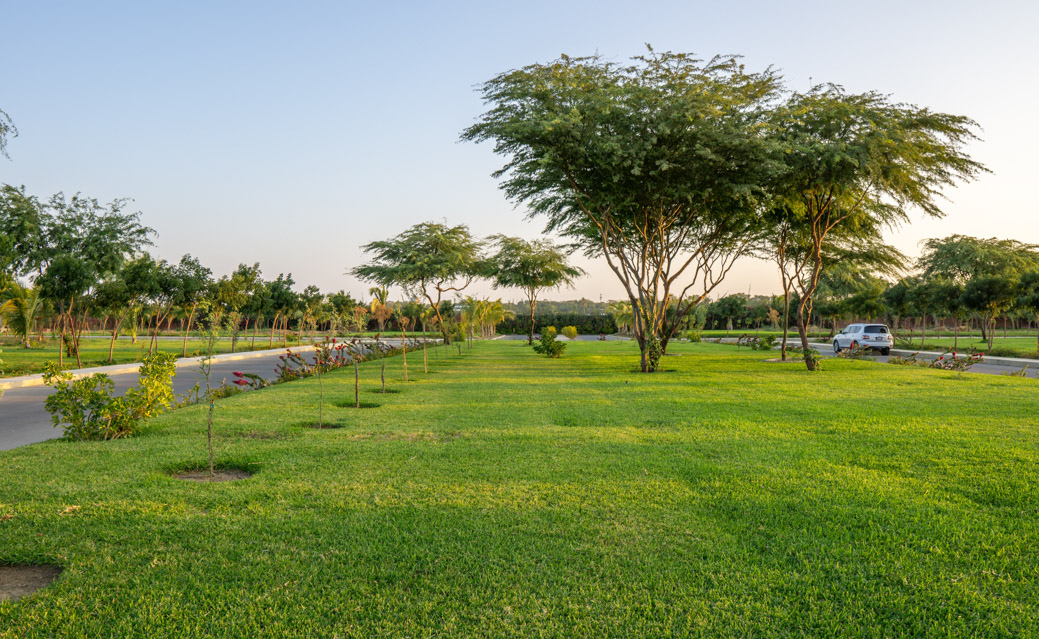Urbanizations effect on climate change and natural solutions
School of Cities invites Dr. Danijela Puric-Mladenovic to discuss potential natural solutions for urban planners and communities within the GTA.
In 2018, Canada produced the tenth most greenhouse gases in the world. Based on Canada’s Climate Change Report, Canada is warming at twice the rate of the global average. Some effects of global warming include drought, flooding, and wildfires. Studies show that the increase of urbanized environments is contributing to global warming.
To mitigate the effects of these natural disasters, low-cost solutions must be implemented and strictly adhered to. Through discussions, research, and projections, the Government of Canada and the University of Toronto will collaborate in combating climate change.
In a discussion with U of T’s School of Cities, Dr. Danijela Puric-Mladenovic, an assistant professor at the Daniels Forestry Faculty, introduces her study on urban lead natural solutions for Canada.
Puric-Mladenovic states that natural climate solutions look at the policies of conservation and their protection management. In her project, climate solutions investigate various ways that urbanized areas can find low-cost solutions to mitigate the effects of climate change. As discussed in the meeting, some of the methods focus on ‘natural measures’ like planting trees and increasing the number of green spaces.
The paper, Natural Solutions of Canada provides a source of reminders about the issue. “We tend to look at the present [but], natural solutions were in fact used to restore Southern Ontario landscapes in the early 1900s,” Puric Mladenovic mentions.
The degraded land in Southern Ontario was restored by planting trees, and after 116 years it now has similar characteristics as a natural forest. Through observations, this low-cost method has become an effective way of mitigating the effects of climate change.
One example of this appears on the Government of Canada’s Natural Resources of Canada webpage, where the Greater Sudbury Area has approached the degradation of land in the same way by planting trees. The results were significant in which 50,000 trees were planted and on August 12 the replanting of trees doubled.
Further, Puric-Mladenovic elaborates on the importance of using the land properly, “it’s important to talk about land use plans and we are still developing this way.”
“Around the GTA we can still see trees removed so development [can occur]. Still, a forest patch would stand no chance to urban development and [would create] scarp forests.”
Many of the problems with land use planning are finding ways to create parks from degraded land.
Consequently, the excessive construction of condos in downtown Toronto has made “[land use planners] try to make parks from a railway as an alternative way to save degraded land.” Puric-Mladenovic sees this method as a “bandage approach to the issue [and that] we should have blueprints of green space planning to accommodate everyone’s needs.”
The goal of climate change reform is to create frameworks and policies to ensure actions take place to reduce the damaging effects. For instance, the Pan-Canadian Framework on Clean Growth and Climate Change is an opportunity to work with Indigenous people on a plan that reduces carbon emissions and finds a way to adapt to climate change.
Moving forward, the university and urban planners within the GTA must put these findings into use. Through policies, frameworks, and systematic change, local and nationwide communities in Canada can hope for a brighter and greener future.
Staff Writer (Volume 49); Associate News Editor (Volume 48) — Razia Saleh is currently completing a Biology degree at UTM. She has been involved with The Medium since 2020 as a contributor and continued to write for The Medium as an Associate News Editor during Volume 48. She hopes that her experience as a writer with The Medium will help her contribute to society's efforts to provide authentic and factual journalistic media to educate her readers. She hopes to take her interest in ongoing research within the scientific field and explore ways to share it with others through this platform. In her spare time, she paints natural landscapes inspired by her travels and enjoy a few live concerts throughout the year. You can connect with her on Linkedin.


